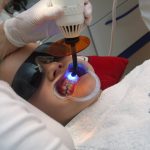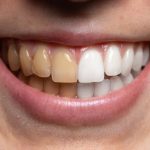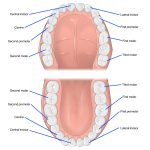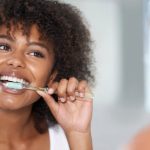Brace Yourself: The Ultimate Guide on How to Brush Your Teeth with Braces
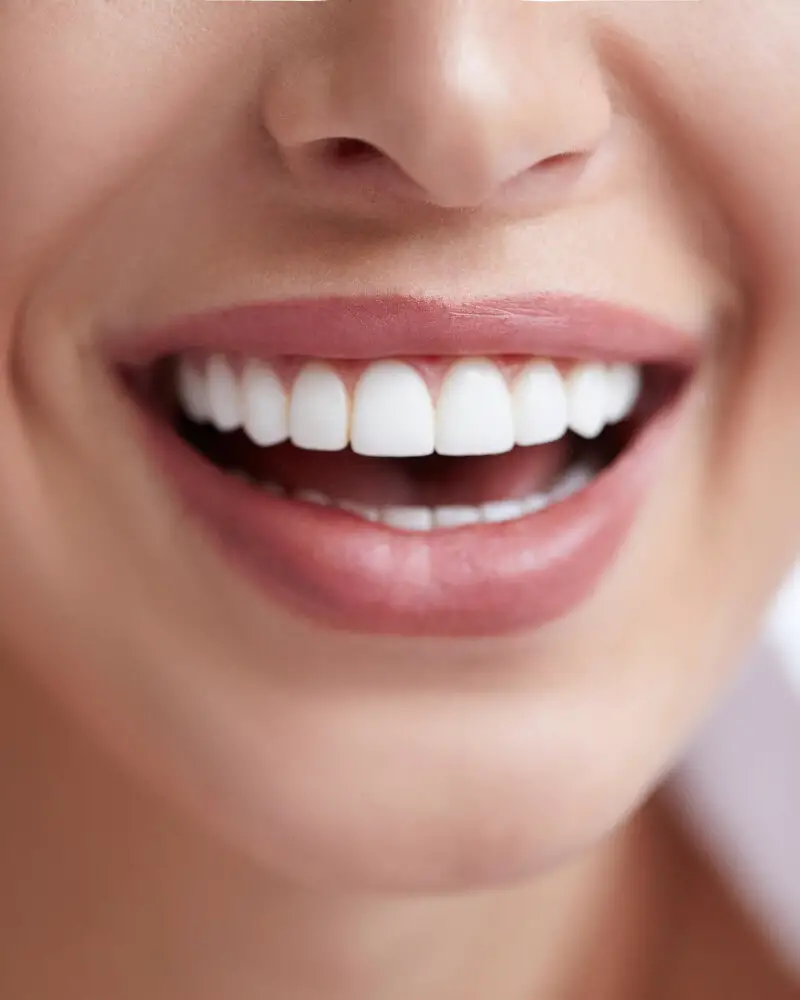
Maintaining good oral hygiene is essential, especially when you have braces. Braces are orthodontic appliances that are used to correct teeth alignment and bite issues. While they are effective in improving your dental health, they can also make cleaning your teeth a bit more challenging. It is crucial to learn the right techniques for brushing your teeth with braces to ensure that your teeth and gums remain healthy. Brushing your teeth with braces is not only important for your oral health, but it is also essential for your overall well-being. Poor oral hygiene can lead to a variety of dental problems, such as tooth decay, gum disease, and bad breath. Additionally, it can also affect your confidence and self-esteem. Therefore, it is crucial to develop a good oral hygiene routine, especially when you have braces. In this ultimate guide, we will provide you with all the information you need to know about brushing your teeth with braces, including the tools and techniques you need to keep your teeth and gums healthy.
Braces are orthodontic devices that are used to correct teeth misalignment and bite issues. They consist of brackets, wires, and bands that are attached to the teeth and used to apply gentle pressure to move them into the desired position. Braces are important because they not only improve the appearance of your smile but also help to prevent dental problems such as gum disease, tooth decay, and jaw pain. By straightening your teeth and aligning your bite, braces can also improve your speech and make it easier to eat and chew. Proper oral hygiene is crucial when you have braces, as food particles can get trapped in the brackets and wires, leading to plaque buildup and potential tooth decay.
Maintaining good oral hygiene is crucial when wearing braces as they can trap food particles and bacteria, leading to plaque buildup and potential tooth decay. Neglecting to brush and floss properly can result in discoloration, bad breath, and even gum disease. It is recommended to brush at least twice a day with a soft-bristled brush and fluoride toothpaste, paying extra attention to the brackets and wires. Flossing should also be done daily with the help of threaders or special floss designed for braces. Regular visits to the dentist and orthodontist are also important to ensure the health of teeth and to make any necessary adjustments to the braces. By properly caring for your teeth and braces, you can achieve a beautiful smile while also maintaining good oral health.
Preparing to Brush Your Teeth
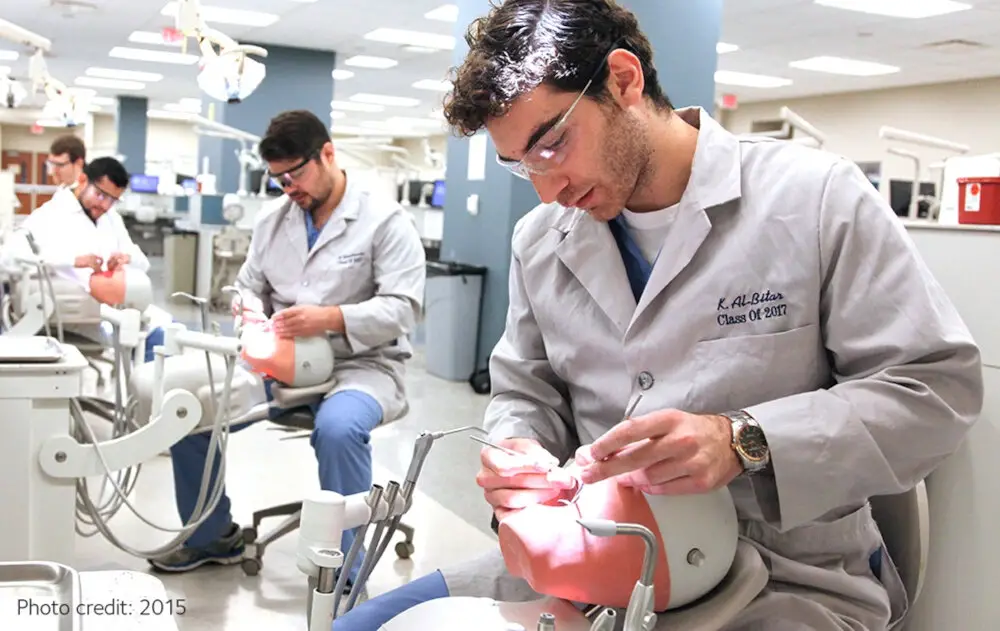
Preparing to brush your teeth with braces is an essential step to ensure that you clean your teeth effectively and maintain good oral hygiene. The first thing you need to do is to gather all the necessary tools to brush your teeth. You will need a soft-bristled toothbrush, fluoride toothpaste, interdental brushes or floss, and a mouthwash. It is recommended to use a fluoride toothpaste with at least 1,350ppm of fluoride to protect your teeth from decay. The interdental brushes or floss can help you clean the hard-to-reach areas between your teeth and braces, while the mouthwash can provide an extra level of cleanliness by killing bacteria and freshening your breath. Once you have all the tools ready, the next step is to prepare your mouth for brushing. Rinse your mouth with water to remove any food particles or debris that may be stuck in your teeth or braces. Then, use an interdental brush or floss to remove any remaining food debris. Be gentle when using these tools to avoid damaging your braces or hurting your gums. After that, apply a small amount of fluoride toothpaste on your toothbrush and start brushing your teeth. Remember to brush your teeth thoroughly for at least two minutes, paying extra attention to the areas around your braces. Finish by rinsing your mouth with water and using mouthwash to kill any remaining bacteria. By following these steps, you can ensure that your teeth are clean and healthy, even with braces.
Before you start brushing your teeth with braces, it’s essential to gather the necessary tools to make the process as effective as possible. You’ll need a soft-bristled toothbrush, fluoride toothpaste, floss threaders or interdental brushes, and a mouthwash. Make sure to choose a toothbrush with a small head that can easily reach all areas of your teeth, including the brackets and wires. The fluoride toothpaste will help protect your teeth from decay and strengthen the enamel. Floss threaders or interdental brushes are necessary to clean between the teeth and around the brackets and wires. Mouthwash can help kill bacteria and freshen your breath. By having all the necessary tools in place, you’ll be able to thoroughly clean your teeth and maintain good oral hygiene throughout your orthodontic treatment.
Rinsing with water is an essential step in maintaining good oral hygiene with braces. After brushing and flossing, it is recommended to rinse your mouth with water thoroughly. This helps to remove any remaining food particles and debris from your braces and teeth. Besides, rinsing with water can also help to reduce the build-up of bacteria in your mouth, which can cause bad breath and gum disease. Additionally, it is advisable to use a mouthwash that is specifically designed for people with braces, as it can help to kill germs and prevent plaque build-up. Overall, incorporating rinsing with water into your daily oral hygiene routine can help to keep your braces and teeth healthy and clean.
Removing elastics and other removable parts of braces is an essential step in maintaining good oral hygiene. These components can trap food particles and bacteria, leading to bad breath and tooth decay. To remove elastics, use a clean pair of tweezers and gently pull them off one by one. For removable retainers or aligners, soak them in a cleaning solution and brush them with a soft-bristled toothbrush. It’s crucial to handle these parts with care to avoid damaging them. By regularly removing and cleaning removable parts, you can keep your braces clean and healthy, improving your overall dental health.
Brushing Technique
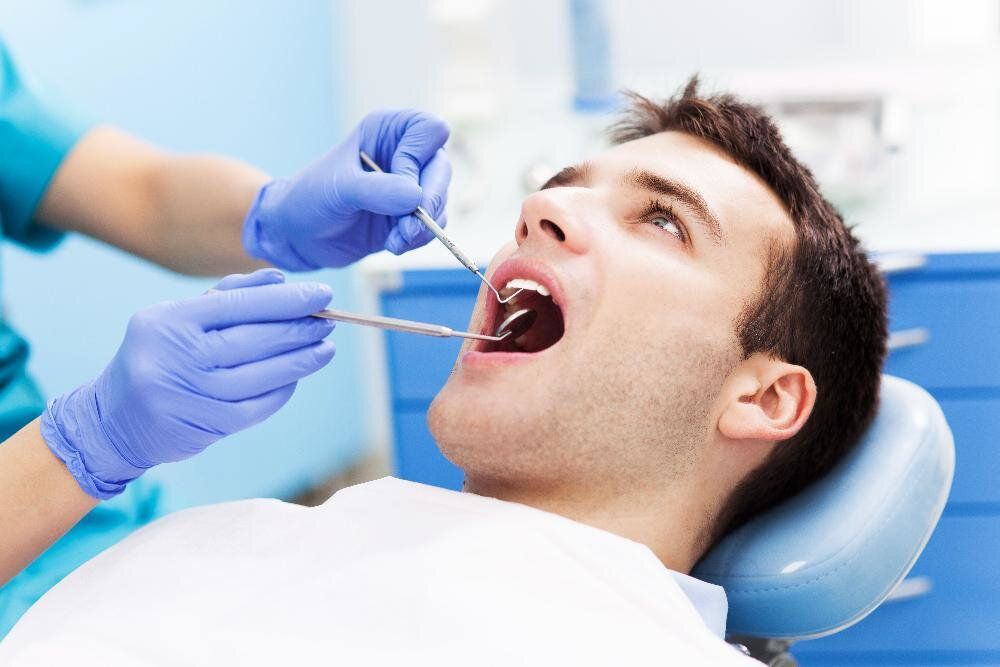
Brushing your teeth with braces can be a tricky task, but it is crucial to maintain good oral hygiene during this time. The brushing technique is essential to remove any food particles or plaque that can get stuck in the braces. Firstly, it is recommended to use a soft-bristled toothbrush to prevent any damage to the braces or gums. Start by brushing the top of the braces in circular motions, making sure to cover all angles. Then, brush the bottom of the braces in the same way. It is essential to brush the brackets, wires, and bands gently to prevent any damage. Next, move on to the teeth, making sure to brush all surfaces. It is recommended to use a fluoride toothpaste to strengthen the teeth and prevent any decay. Brush the front of the teeth in up and down motions, and the back teeth in circular motions. Don’t forget to brush the gumline, as this is where bacteria can accumulate and cause gum disease. Lastly, use an interdental brush or floss to clean in between the braces and teeth. This step is crucial as it removes any food particles or plaque that may have been missed during brushing. Overall, the brushing technique with braces can take a bit longer than usual, but it is worth it to maintain good oral hygiene. Remember to brush gently and thoroughly, covering all angles and surfaces. Use fluoride toothpaste and interdental brushes to keep your teeth and braces clean and healthy. With a little bit of practice and patience, you can become an expert at brushing your teeth with braces.
Choosing the right toothbrush is crucial for maintaining good oral health, especially when you have braces. When shopping for a toothbrush, consider the bristle type, size, and shape. Soft-bristled toothbrushes are recommended as they are gentle on the gums and teeth, and won’t damage the braces. Small-headed toothbrushes can easily reach the tight spaces between the braces and teeth, while a larger handle can provide a better grip for effective brushing. It’s important to replace your toothbrush every three to four months, or when the bristles become frayed. By choosing the right toothbrush and replacing it regularly, you can keep your teeth and braces clean and healthy.
Using fluoride toothpaste is crucial when wearing braces because it helps to prevent tooth decay and strengthens the enamel. Fluoride is a mineral that can be found in toothpaste and water. It helps to remineralize the teeth and makes them more resistant to acid attacks caused by bacteria in the mouth. When brushing with braces, it is important to use a fluoride toothpaste with a soft-bristled brush to avoid damaging the brackets and wires. Additionally, fluoride mouthwash can be used after brushing to provide an extra layer of protection and freshen breath. Overall, incorporating fluoride into your oral hygiene routine is an essential step in maintaining good oral health while wearing braces.
Brushing at a 45-degree angle is an essential technique for maintaining healthy teeth and gums, especially when you have braces. The angle allows the bristles to reach the spaces between the teeth and the brackets, where food particles and plaque tend to accumulate. By holding the brush at a 45-degree angle, you can effectively remove the debris and bacteria, preventing cavities and gum disease. Remember to use gentle circular motions and to brush all surfaces of your teeth, including the front, back, and chewing surfaces. With this technique, you can ensure that your teeth and braces stay clean and healthy throughout your orthodontic treatment.
Brushing in circular motions is a crucial technique to ensure that all the surfaces of your teeth, including those hard-to-reach areas, are cleaned thoroughly. This brushing method involves moving the bristles in small circular motions on each tooth, making sure to cover the front, back, and top surfaces. Not only does this technique help remove plaque and food particles, but it also stimulates the gums while preventing gum disease. It is essential to use a soft-bristled toothbrush to avoid damaging the braces, and to brush gently but with enough pressure to clean your teeth effectively. By adopting this brushing technique and making it a habit, you can maintain good oral hygiene and keep your teeth and braces healthy.
Brushing your teeth is an essential part of daily hygiene, especially when wearing braces. It is important to thoroughly clean the front, back, and chewing surfaces of your teeth to prevent tooth decay, gum disease, and bad breath. Pay attention to the areas around your brackets and wires, as they can trap food particles and plaque. Use a soft-bristled brush and fluoride toothpaste to gently brush your teeth in circular motions. Make sure to brush for at least two minutes twice a day, and floss daily to remove any remaining debris. Keeping up with proper oral hygiene habits will not only promote a healthy smile but also make your orthodontic treatment journey smoother.
When it comes to brushing with braces, it’s essential to pay extra attention to the areas around the brackets and wires. This is because food particles and plaque can easily get trapped in these tight spaces, leading to tooth decay and gum disease. To effectively brush around the brackets and wires, use a soft-bristled toothbrush and angle it at a 45-degree angle towards the gum line. Gently brush in circular motions, being careful not to press too hard and damage the brackets or wires. You can also use interdental brushes or floss threaders to clean between the teeth and wires. With consistent brushing and proper technique, you can maintain good oral hygiene and keep your teeth and braces in top shape.
Flossing with Braces
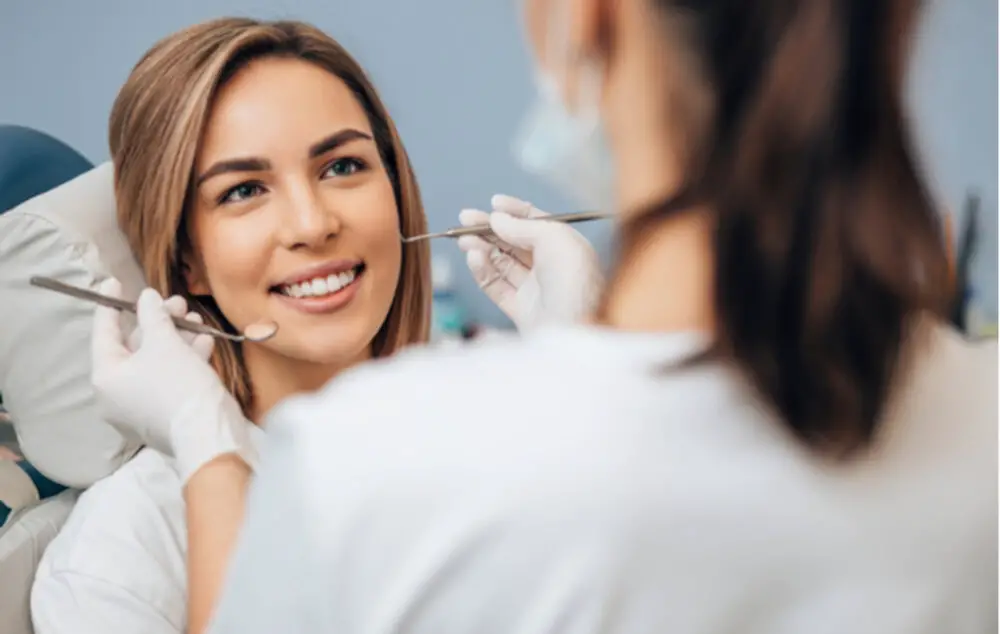
Flossing with braces can be a daunting task, but it is essential to maintain good oral hygiene. Traditional flossing may not be practical because of the wires and brackets, but there are alternatives to keep your teeth and gums healthy. One option is to use a floss threader, which is a thin plastic tool that allows you to thread the floss underneath the wires. Once the floss is in place, you can gently slide it up and down to remove any food particles and plaque. Another option is a water flosser that uses a stream of water to clean between the teeth and around the braces. This method is gentle and effective and is an excellent alternative to traditional flossing. It is important to floss at least once a day, especially when wearing braces. Food particles and plaque can easily get trapped in between the brackets and wires, leading to tooth decay and gum disease. Flossing helps to remove these particles and prevent any buildup that can cause oral health problems. It is also essential to use proper flossing techniques to avoid damaging the braces or injuring the gums. With a little practice and patience, flossing with braces can become a routine part of your oral hygiene regimen, ensuring a healthy and beautiful smile for years to come.
Choosing the right floss is essential when it comes to maintaining good oral hygiene with braces. One of the best options is waxed floss, as it slides easily between the teeth and braces without getting stuck or frayed. Another great option is floss threaders, which are designed to help thread regular floss between the brackets and wires. Additionally, there are water flossers that use a stream of water to clean between teeth and braces. It’s crucial to floss at least once a day to remove any food particles and plaque that may be trapped between the braces, which can lead to tooth decay and gum disease if left untreated. With the right floss and technique, flossing with braces can be quick and easy.
The threader floss technique is an essential part of maintaining good oral hygiene with braces. This technique involves using a plastic needle to guide a piece of floss underneath the wires of the braces, allowing you to clean between your teeth and remove any trapped food particles. It’s important to use gentle, back-and-forth motions when flossing, being careful not to apply too much pressure and potentially damage the wires or brackets. The threader floss technique can take a little practice to master, but it’s a crucial step in keeping your teeth and gums healthy while undergoing orthodontic treatment.
A water flosser is a great tool to have when you have braces. This device uses high-pressure water to clean between your teeth and gums, removing food particles and plaque buildup that can be difficult to reach with traditional flossing. To use a water flosser, simply fill the reservoir with warm water, place the tip of the device into your mouth, and aim it at the area between your teeth and gums. Turn on the water and move the tip along the gum line, allowing the water to do its work. Be sure to use a low-pressure setting if you’re new to water flossing, and always follow up with brushing to ensure a thorough clean. With a water flosser, you can maintain excellent oral hygiene even with braces.
Flossing plays a crucial role in maintaining good oral hygiene, especially for individuals with braces. Braces create additional spaces in the mouth that can trap food particles, leading to the buildup of plaque and bacteria. Flossing helps to remove these particles from between the teeth and wires, preventing the development of cavities and gum disease. It can be challenging to floss with braces, but using specialized flossing tools such as a floss threader or interdental brush can make the process easier. Consistent flossing, along with regular brushing and dental visits, can help those with braces achieve a healthy, beautiful smile.
Maintaining Oral Health with Braces
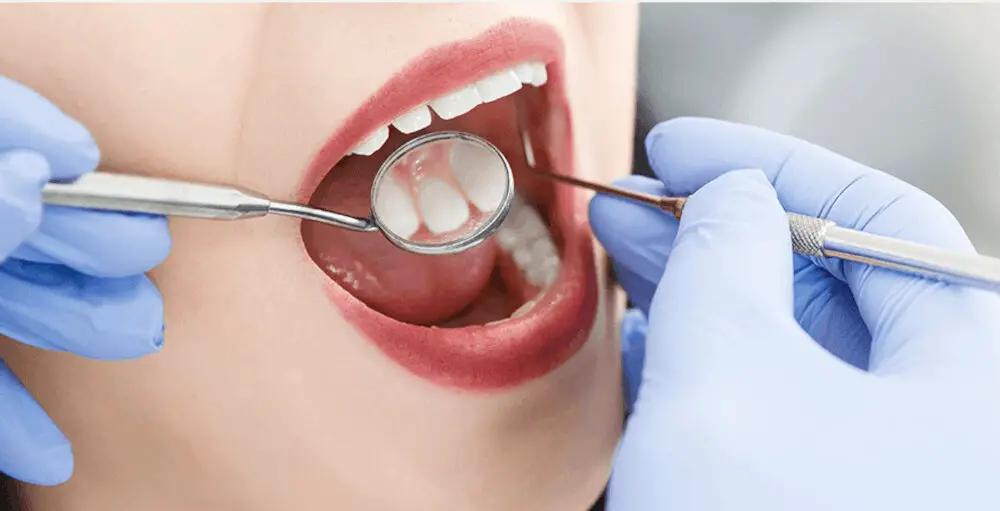
Maintaining oral health with braces can be a bit challenging, but it’s essential to keep your teeth and gums healthy throughout the orthodontic treatment. When you have braces, it’s important to brush and floss regularly to remove any food particles or plaque that can build up around the brackets and wires. You should brush your teeth at least twice a day and floss once a day to prevent food from getting stuck in your braces, which can cause decay and gum disease. It’s also important to use the right tools when brushing your teeth with braces. A soft-bristled toothbrush and fluoride toothpaste can help remove plaque and prevent cavities. You should also use an interdental brush or floss threader to clean between the wires and brackets. Additionally, you can use a water flosser to blast away any leftover food particles that are difficult to reach with a regular toothbrush or floss. By following these simple steps, you can maintain optimal oral health and keep your smile healthy and beautiful throughout your orthodontic treatment.
Regular dental checkups are an essential part of maintaining good oral health, especially when you have braces. These appointments allow your dentist to assess the progress of your treatment, make any necessary adjustments, and identify any issues early on. During your checkup, your dentist will also perform a thorough cleaning to remove any plaque or tartar buildup that may have accumulated around your braces. Additionally, they will provide you with guidance on how to properly care for your braces and teeth at home to ensure the best possible outcome. By scheduling routine dental checkups, you can keep your braces and teeth in top condition and achieve a healthy, beautiful smile.
When undergoing orthodontic treatment, it is essential to maintain a healthy diet and nutrition to keep your teeth and braces in top shape. Avoid hard and sticky foods that can damage your braces, such as nuts, hard candies, and chewing gum. Opt for soft foods like cooked vegetables, fruits, lean proteins, and dairy products. It is also crucial to limit sugary and acidic foods and drinks that can lead to tooth decay and erosion of your braces. Remember to brush and floss regularly and rinse your mouth with water after eating to remove any food debris that may get stuck in your braces. By following these guidelines, you can ensure that your teeth and braces remain healthy and progress smoothly towards a beautiful, straight smile.
When you have braces, it’s important to avoid bad habits that can damage them. One of the most common bad habits is chewing on hard or sticky foods like popcorn, hard candies, or chewing gum. These items can get stuck in your braces, causing damage or even breaking them. Another bad habit to avoid is biting your nails or using your teeth to open packages or bottles. This can put unnecessary pressure on your braces and cause them to shift or break. Additionally, it’s important to be gentle when brushing your teeth with braces. Use a soft-bristled toothbrush and be sure to brush around the brackets and wires. By avoiding these bad habits, you can help ensure that your braces stay in good condition and that your treatment progresses smoothly.
Maintaining good oral hygiene is crucial when you have braces, as it helps prevent tooth decay, gum disease, and bad breath. Braces create more areas for food particles to get trapped, making it harder to clean your teeth thoroughly. Brushing your teeth twice a day with fluoride toothpaste, using a soft-bristled brush, and flossing daily are essential habits to prevent plaque buildup and tooth decay. It’s also important to avoid sugary and starchy foods and drinks, as they can lead to tooth decay and erosion. Regular visits to your orthodontist for adjustments and cleanings are also crucial to ensure that your braces are working correctly and your teeth and gums remain healthy. With proper oral hygiene, you can achieve a beautiful, healthy smile that lasts a lifetime.
When it comes to maintaining good oral hygiene with braces, brushing and flossing are the most important tasks to keep in mind. But, it’s not just about brushing and flossing regularly, it’s also about doing it correctly. To properly brush with braces, use a soft-bristled toothbrush and angle it at a 45-degree angle towards the gum line. Use circular motions to clean the front, back, and chewing surfaces of each tooth, as well as the brackets and wires. For flossing, use a floss threader to get the floss under the wire and between the teeth, and make sure to do this at least once a day. Lastly, rinse your mouth with an antibacterial mouthwash to kill any leftover bacteria and freshen your breath. Remember, proper brushing and flossing with braces will not only keep your teeth healthy but will also help you achieve that beautiful smile you’ve always wanted.
Maintaining good oral hygiene is key to achieving a healthy and beautiful smile, especially when you have braces. The presence of braces can make it difficult to clean your teeth properly, but it’s important to stay committed to your oral hygiene routine. Brushing your teeth at least twice a day and flossing daily can help prevent plaque buildup and tooth decay. Additionally, using mouthwash can help kill bacteria that cause bad breath and gum disease. Regular dental checkups are also important to ensure your teeth and braces are in good condition. By staying committed to good oral hygiene practices, you can achieve a healthy, beautiful smile that you can be proud of.
Conclusion
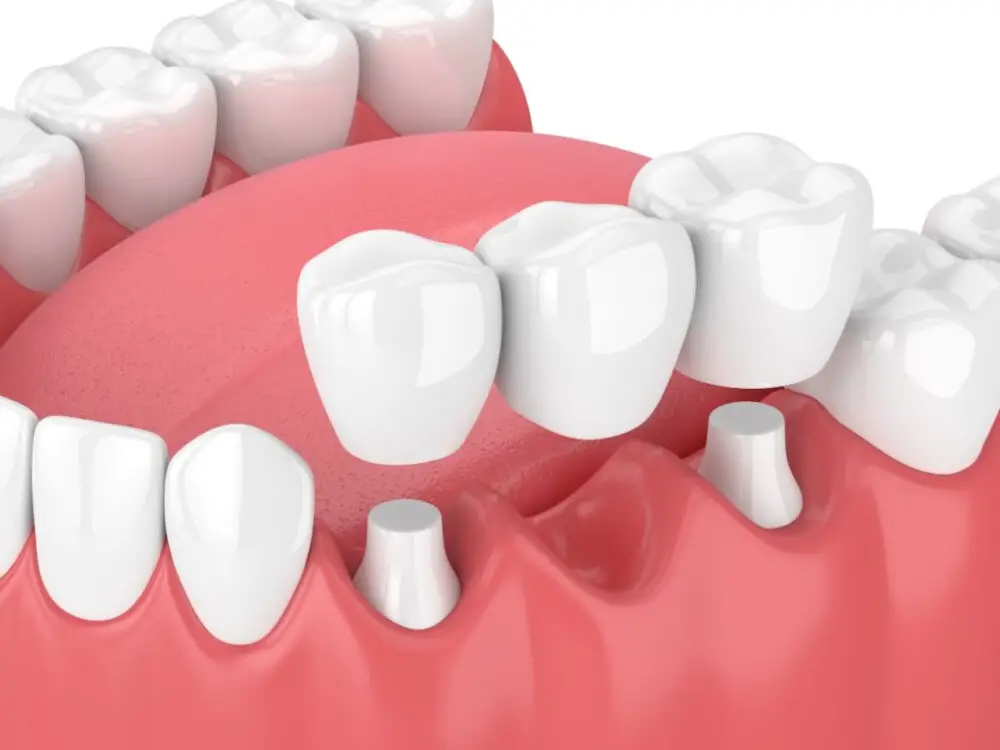
In conclusion, taking care of your teeth while wearing braces is crucial to maintaining good oral hygiene and preventing any potential dental issues. By following the ultimate guide on how to brush your teeth with braces, you can ensure that you are effectively removing any food particles and plaque from your teeth and brackets. Remember to use the right tools, such as a soft-bristled brush and interdental brushes, and to brush gently and thoroughly. With dedication and proper technique, you can achieve a healthy and beautiful smile even with braces. So, brace yourself and make brushing with braces a daily habit for a lifetime of healthy teeth and gums.

